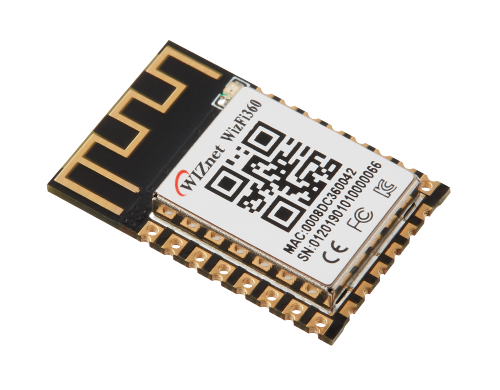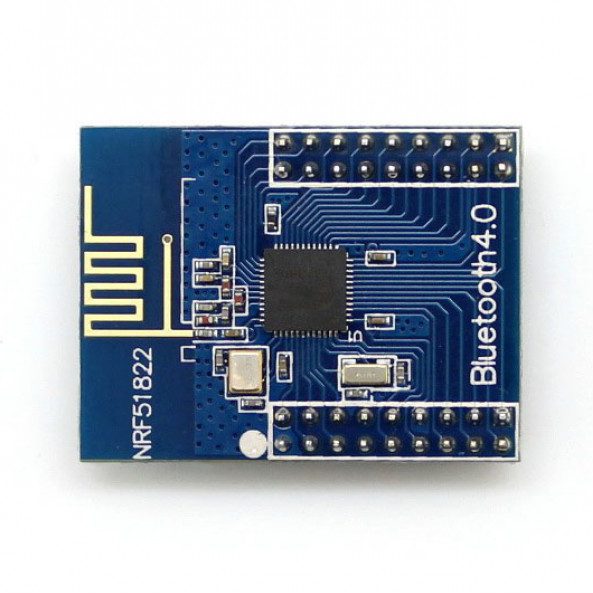In the past few years, there has been a rapid and drastic change in technology, and it is still going on. With such a rocketing development in tech, there is always a smart version of everything, such as a smartphone, smartwatch, smarthome, smart anything that you can think of. While people have been talking about automation, IoT, Big Data, Cloud services etc., wireless connection and Internet connection becomes essential and inevitable. When you are to create a new invention, or your own smart-what, it comes to a discussion of what to use: WiFi or Bluetooth?
Definitely they are not mutually exclusive. You can easily find a tech gadget that consists of both of them: a desktop, a printer, or simply the gidget on your hand that you are using, you name it. Nevertheless, oftentimes you see a less complex device, especially when it is small, it would support only one of them. Is it really the more the merrier? Let’s check the following comparison and find the answer.
Rather than using standard specifications of these two technologies, I have used the data from the datasheet of the most commonly used Wifi module and Bluetooth module, which is Wizfi360 from WIZnet and nRF51822 respectively, for comparison.

Speed(Data transfer rate)
When talking about wireless communication, we are often concerned with its speed, as known as bandwidth or data rate. According to the datasheets, the WiFI module has the maximum data rate from 11Mbps(802.11 b) to 54Mbps(802.11 n – OFDM) , depending on your configuration; the BLE module has the maximum data rate of 2Mbs. WiFi module’s data rate is about 27 times higher than BLE’s.
If you are to transfer a word file or a text-base message, you may not see the effect from the five-times slower speed of the Bluetooth module. Whilst if image files are to be transmitted, the difference will be significant. Let’s take an HD image (1280×960 pixels) as an example. Such an image file will be approximately 4.7Mb in size, which takes 0.09s for Wizfi360 to transfer, and more than 2s for nRF51822 to transfer. If you often send or transfer pictures through your smartphone/laptop, you will identify with the panic just by reading this paragraph.
Power consumption
Power consumption matters when building a new device, especially when you want to build a portable one, and like you do not want to charge your smart-door-lock every day. According to the datasheet, Wizfi360 has a power consumption from 0.47 to 0.72 Watt, while nRF51822’s power consumption is 0.02 – 0.03 Watt, depending on the working voltage, which is 20 times less than the consumption of Wizfi360.
Let’s do some calculations. If you run a Wizfi360 with a commonly seen 2400mAh lithium battery, using the minimum voltage to operate, you are able to run it continuously for 15.5 hours approximately: 2400mAh ÷ 155mA= ~15.5 hours ,which is a bit more than half of a day.While you can run nRF51822 using minimum with the same kind of battery for 229 hours continuously: 2400mAh ÷ 10.5mA = ~229 hours, which is a time of nine and a half days.
In practice, makers or developers may write algorithms to save the power usage since there is a rare chance for an IoT device to transmit data non-stop. Nevertheless, if you take power consumption of every electronic component involved into account, the six times more power consumption of WiFi than Bluetooth may be of your concern.

Sensitivity (Signal Coverage)
Theoretically with calculation based on Friis Transmission Equation, most of the modules of Wizfi360 have a range of ~7.8km; nRF51822 modules generally have a range of 700m, provided that both are at high output power and low data transmission mode. While in reality, probably we would not have a favorable place(open, free place) to demonstrate such a huge coverage of signal. In an urban area, the interference from the surrounding is strong and it varies a lot depending on where you are using the modules. Hence, it is hard to determine a fixed value that you can always look up with. What you can expect is the range of nRF51822 is on average 20m with variance depending on the environment(e.g. indoor or outdoor), and a five to six times large range for Wizfi360 can be expected.
For interference, concrete and solid walls, obstacles affect the performance of WiFI and Bluetooth. In addition, as WiFi and Bluetooth are of the same band of frequencies (2.4GHz), they affect each other quite significantly.
Security
In general they are almost the same secure, with proper security settings. Nevertheless, it differs a bit from personal gadgets like smartphone: establish a secure connection for IoT devices built with MCU have CPU/RAM requirements that are beyond the capabilities of many microcontrollers on the market, while smartphones or laptops have much more than enough memory to hold the code for wireless security settings. Wizfi360 and nRF52822 are capable of sustaining a secure connection only if the device spares memory and programmed such codes. It is a tradeoff between security and cost of money or size of your product. For more discussion, you may want to read the following article: link
Which one is better? Bluetooth or WiFi?
I am afraid I cannot give you a clear answer here. They both have their own strengths over each other, which exhibit their features and their purposes to serve distinctively. It is rare to see a wireless mouse or keyboard with WiFi, or a digital camera using Bluetooth to send pictures to smartphones. Please do remember that they are not mutually exclusive, and can somehow cooperate with each other. AirDrop from Apple is a representative example.
In conclusion, you are advised to think clear about what purpose your new invention is going to serve, and choose one of them, or both of them according to their features.
You may be concerned about the capability of Internet connection: Bluetooth solely does not connect to the Internet, therefore is WiFi the only option? If you have such a concern, you may want to read the following article: link